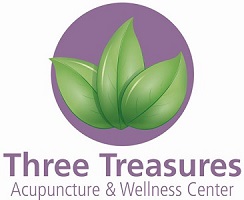
I was quite surprised to discover how little I do to love and nurture myself. Me? How is this possible when I spend five days a week nurturing clients through emotionally and physically challenging health crisis? But it’s true. “Physician, heal thyself” is an adage that has been around for millennia, reminding me how common (and difficult) it can be for healers to address our own needs. Anyone who has seen an episode of ER understands what I mean. Long shifts with little rest are considered normal for emergency medical staff. It’s one of the reasons I decided to trade a career in Western medicine for one in traditional Chinese medicine.
So for all you caregivers out there ~ you know who you are ~ the following is a friendly reminder that we can’t be there for others unless we are there for ourselves. Self-care is very important. Remember to:
- Exercise regularly: A 15 minute walk after work is a wonderful way to transition from work place stressors to enjoying time with yourself, family or friends. It’s also been shown to aid digestion.
- Get enough rest: Sleep at least 6-8 hours a night. Anything more than 9 hours can cause a sensation of fatigue. If you’re having trouble sleeping, try putting away all electronic devices (TV too) at least 1 hour before bed. Choose soothing activities, like reading or journaling to wind down before bed. Acupuncture is an effective way to address insomnia. Call your acupuncturist to find out how.
- Create a sanctuary at home for yourself: This can be as simple as a reading nook, a space in the garage for an art studio, or a tiny garden. Build a space that’s personal to you and allows you to mentally and spiritually recharge.
- Know your limits: It’s OK to say “no”. The world will not end if you set some boundaries. On the contrary, this allows others to step up to the plate and feel needed. Delegation is your friend. So do it!
- Meditate: I know, I know… for people who are shakers and movers, meditation can seem impossible. But it’s not. Try a type of moving meditation if sitting still turns you off. Yoga, Tai Qi, and Qi Gong are examples of meditation in motion. These exercises combine deep breathing with controlled body movement and produce a deep sense of awareness and connection with ourselves. Look into affordable classes offered at the local YMCA or with continuing education programs. Click here to listen to our Relaxation Meditation. Another great resource is Lee Holden’s “7 Minutes of Magic For Health”.

Leave a Reply